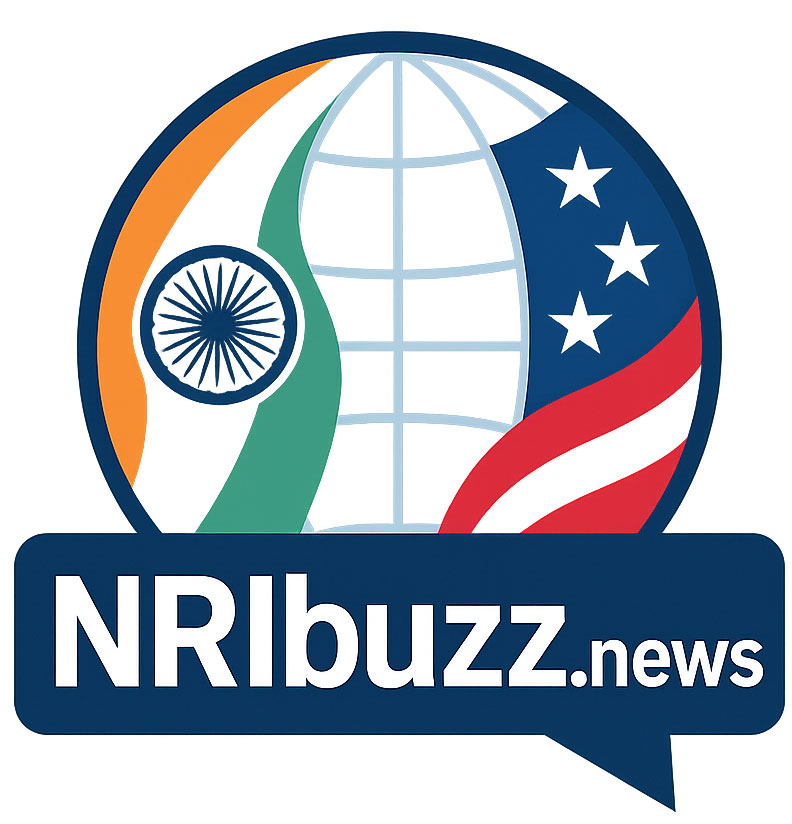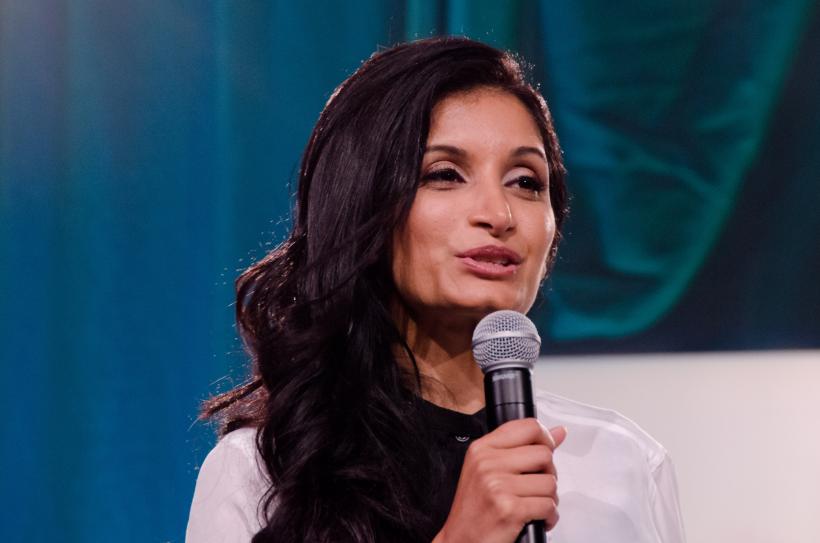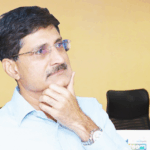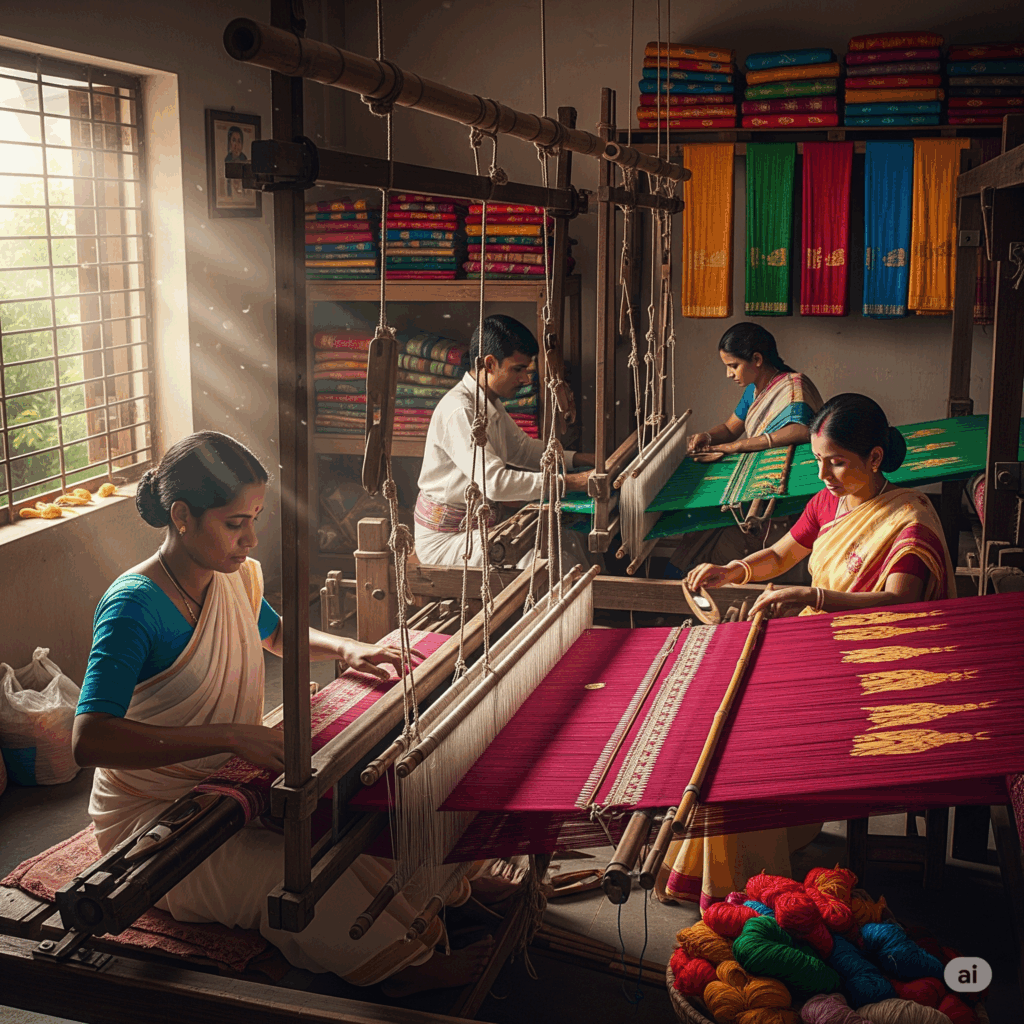In a world where medicine often confines doctors to the narrow hallways of clinics and hospitals, and entrepreneurship keeps visionaries bound by numbers and markets, there exists a rare breed who traverse both realms with grace, intellect, and courage. Indu Subaiya is one such remarkable force—a physician who did not just heal individual patients but set out to heal the very system of healthcare itself. Her journey is less of a linear path and more like a river—constantly carving new channels, bridging seemingly impossible divides, and carrying the promise of innovation to the farthest reaches of the healthcare landscape.
Roots in Two Worlds, Forged in Hardship

Born in Bangalore and raised in the United States, Indu’s early life was a balancing act between two vibrant worlds—India’s rich cultural tapestry and America’s relentless drive for innovation. But those first years were anything but easy. Her father’s job was modest, her mother stretched every rupee and dollar to keep the family afloat, and the concept of “luxury” was something she only saw in magazines.
Childhood meant moving frequently, each relocation demanding a new school, new friends, and the exhausting task of proving herself all over again. There were winters when the family couldn’t afford proper heating, summers when they skipped outings because gas money had to be saved for groceries, and long evenings where homework was done by the dim light of a shared lamp. Even getting medical textbooks for her studies later in life meant buying used, worn-out copies or borrowing from libraries for weeks on end.
In her family, education wasn’t just encouraged—it was the only way forward. Her parents would remind her, “We can’t give you riches, but we can give you the tools to earn them.” That mindset shaped her fierce work ethic. She learned early that nothing—whether grades, scholarships, or opportunities—would be handed to her. It had to be fought for, often in rooms where she was the youngest, the only woman, and frequently, the only person of color.
Medicine became her calling not out of convenience, but from a deep-seated understanding of vulnerability—both financial and physical. She had watched relatives in India struggle to access basic healthcare, seen neighbors in the U.S. skip doctor visits due to cost, and realized that illness treated unequally was a wound society never fully healed. Her journey to becoming an MD in Internal Medicine was not simply about academic ambition; it was about building the empathy, discipline, and resolve to change that reality.
From White Coat to Silicon Valley: Rewriting the Healthcare Narrative

For Indu, the traditional path of a physician was too narrow for the vision she carried. While working in medicine, she sensed a brewing revolution—technology quietly offering ways to expand access, deepen care, and bring equity to millions. The leap from white coat to tech entrepreneur was seismic, but her background had already taught her how to survive in unfamiliar territory.
In 2006, she co-founded Health 2.0, a platform that quickly became the crucible of healthcare innovation. More than just a conference, Health 2.0 was a collision space where coders, clinicians, policymakers, patients, and investors gathered—igniting conversations that would reshape healthcare for the digital age.
Her belief was simple yet radical: “Healthcare is not just about treatments; it’s about connections. It’s about designing systems that work for real people.” That perspective came from lived experience—remembering her own family’s difficulty navigating healthcare systems, and how easily people could be overlooked if they lacked influence or resources.
Under her guidance, Health 2.0 showcased hundreds of startups—many of which later revolutionized patient engagement, telemedicine, and health data analytics. But to Indu, these weren’t just shiny apps and gadgets—they were potential lifelines for families like hers once was.
Catalyst and Connector: Building Bridges in a Fragmented World
From Health 2.0 grew Catalyst@Health 2.0, an incubator designed to transform promising ideas into scalable solutions. Here, Indu became more than a founder—she became a mentor and connector, ensuring innovation didn’t just thrive in tech bubbles but reached communities with the greatest need.
Her understanding of struggle made her uniquely capable of identifying real-world problems worth solving. She fought against the “innovation for show” culture, reminding entrepreneurs that the best solutions are useless if they never reach those who can’t pay premium prices.
She also served on advisory bodies for the U.S. Department of Health and Human Services, pushing policies that bridged technology and humanity. Whether speaking in Silicon Valley or Washington D.C., her voice carried the same message: bold change must center the people who have the least access to care.
The Courage to Dream at Scale
Indu has often said, “If innovation doesn’t reach the people who need it most, then it’s not innovation—it’s decoration.” That’s not just rhetoric—it’s the creed of someone who grew up watching her own family stretch every dollar, someone who knows that “access” means nothing without affordability and awareness.
Her ability to bring together unlikely collaborators—engineers and doctors, venture capitalists and policymakers—comes from years of navigating worlds that weren’t designed for her. She had learned to translate across cultures, professions, and priorities long before she became a global thought leader.
Beyond Innovation: The Heart Behind the Headlines
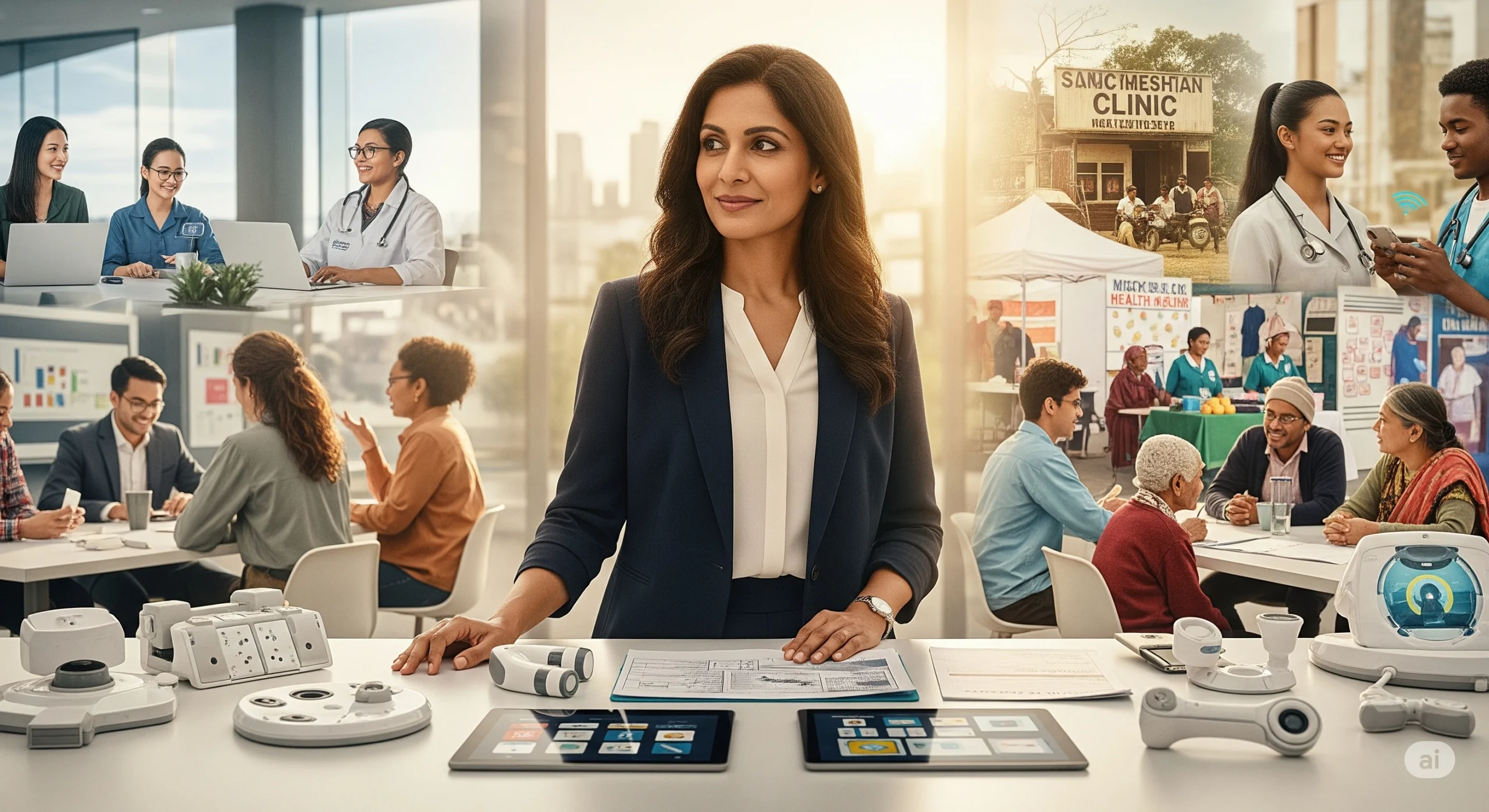
What sets Indu apart is not just her intellect, but her empathy—an empathy sharpened by personal experience. She listens to patient stories not as case studies, but as echoes of her own childhood realities. She knows what it’s like to feel unseen in a system that should protect you.
Her colleagues describe her as fearless yet grounded—a rare combination in the high-voltage world of health tech. She wears success lightly, often redirecting praise toward the teams and communities she supports. For her, progress has never been a solo act—it’s always collective.
A Story Still Being Written
Indu Subaiya’s story is far from over. She continues to redefine what it means to be a healer in the 21st century, proving that the greatest breakthroughs in healthcare aren’t just algorithms or devices—they’re the courage to imagine better and the persistence to build it.
As she puts it: “Healthcare is personal. It always has been. Technology doesn’t change that—it should only make the personal possible at scale.”
From the dimly lit desk of her childhood to the global stages she commands today, Indu has never forgotten where she started. That memory fuels her mission—and ensures that her work is always, at its core, about making sure no one is left behind.
